My 5 Favorite Weapons in Call Of Cthulhu
As a fan of historical firearms, my biggest complaint with the Call of Cthulhu system was its relatively-limited firearm roster. I understand why (it’s not a combat simulator, your characters should be avoiding firefights at all costs), but that doesn’t mean I want to give my investigator some generic pistol or rifle. Your character’s weapon-of-choice is a hugely defining characteristic, often tying into their personality, backstory, and team role. But there are only a handful of common options for every weapon type in the core rulebook, and they all differ only in damage, magazine size, range…mathy stuff like that.
So I was super excited when I found Investigator Weapons Vol I and bought it for my GM last Christmas. This book catalogues hundreds of real firearms from the 1890s and 1920s eras. It delves into each weapon’s historical background and what challenges an investigator might have obtaining one. Even more importantly, a handful of them are unusual or experimental designs that brought something bizarre to the table. There are even special ammunition types! I highly recommend buying this handbook if you want to get more creative with choosing your character’s ordnance. (Volume II focuses on the modern day, and is therefore skippable unless you play in that era.)
In today’s article, I wanted to discuss some weapons I’ve found particularly useful in the Call of Cthulhu system. Due to the way character design works, you’ll likely only be able to stat a single character for one or two of these, so choose carefully. (Or don’t choose any at all; one of my favorite elements of the system is that combat’s only a single facet of your investigation. Characters can easily spec into some other team role, like research or social interactions, and remain a huge credit to the team.)
1. Molotov Cocktails
Molotovs are a surprisingly useful (if anachronistic) weapon for the 1920s time period. They’re cheap to make, relatively easy to conceal, and deal a lot of area-of-effect damage. This lets you use them either for direct damage, environmental zoning, or even a source of light. They’re also great when fighting cthonic monstrous horrors, who often resist bullets. In addition, molotovs use the ‘Throw’ skill which has a ton of noncombat uses, like hucking bricks through windows or accurately tossing an object to a teammate. And if you ever run out of mollies, you can still throw rocks, knives, improvised projectiles, etc. Overall, I think a character built around ‘Throw’ is the most flexible combat specialist in the Call of Cthulhu system.
My molotov character was Harold Poole, a milkman who also pitched for a local baseball team. My GM was not amused when he realized why I designed a character with easy access to a ‘moo-mobile’ filled with milk bottles, spare uniforms and gasoline.
2. Nagant Revolver
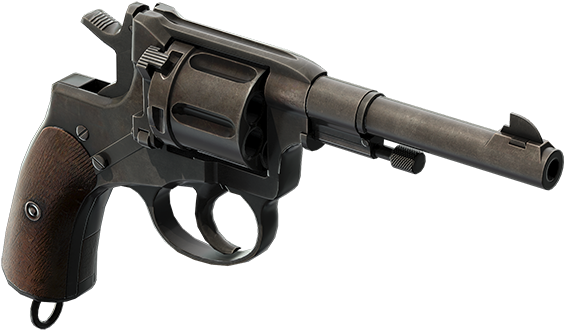 The Russian Nagant is an oddball in firearms history. Designed in 1886, it’s one of history’s few suppressed revolvers, and brings a silenced playstyle to either the 1920s or 1890s settings. You can find it on page 52 of Investigator Weapons Vol I. Not only does the silencer allow you to use it in situations where normal firearms are too loud, it also brings a 7-round chamber and respectable damage to the table. Make sure to show your GM this video so they understand just how unbelievably quiet this gun was!
The Russian Nagant is an oddball in firearms history. Designed in 1886, it’s one of history’s few suppressed revolvers, and brings a silenced playstyle to either the 1920s or 1890s settings. You can find it on page 52 of Investigator Weapons Vol I. Not only does the silencer allow you to use it in situations where normal firearms are too loud, it also brings a 7-round chamber and respectable damage to the table. Make sure to show your GM this video so they understand just how unbelievably quiet this gun was!
Your main difficulty will be explaining how your investigator came to own such a rare pistol. I bypassed that by making my Nagant owner, Andrey Sergievsky, a former bodyguard for a Russian count.
3. Blackjack
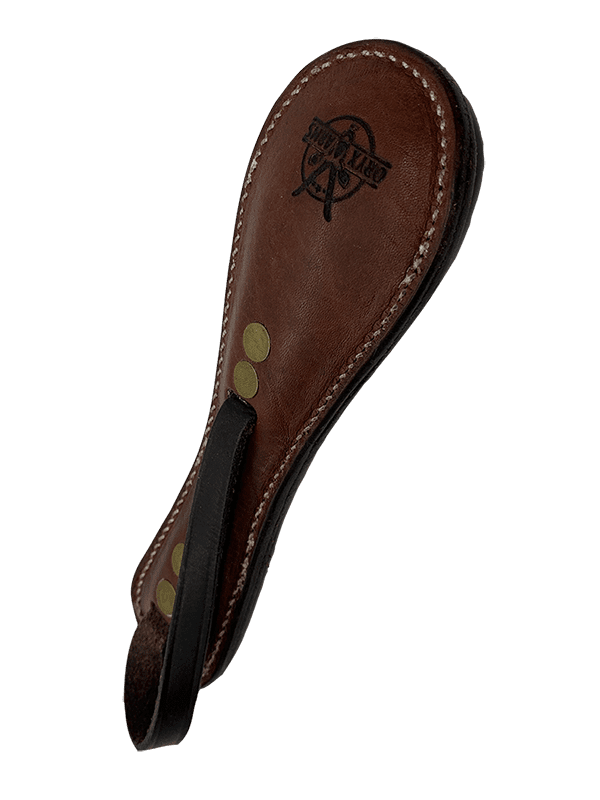 There’s a blackjack in the core rulebook, but the version I’m talking about is from Investigator Weapons Vol I, which was ported from the 1890s Gaslight sourcebook. While not dealing much damage (1d4+2), the blackjack is my preferred emergency melee weapon due to having a base 40% success chance. Skillpoints are scarce in Call of Cthulhu, I don’t want to have to allocate any to my melee weapon when I should be avoiding close-quarters combat at all costs. When the next-highest starting stat for melee is Fighting (Brawl) at 25%, I’m gonna take 40%. And lastly, it gets a tripled bonus to concealment if you ever need to smuggle your weapons somewhere. Honestly, every character should just carry one, there’s a reason blackjacks were the archetypical self-defense weapon of its era.
There’s a blackjack in the core rulebook, but the version I’m talking about is from Investigator Weapons Vol I, which was ported from the 1890s Gaslight sourcebook. While not dealing much damage (1d4+2), the blackjack is my preferred emergency melee weapon due to having a base 40% success chance. Skillpoints are scarce in Call of Cthulhu, I don’t want to have to allocate any to my melee weapon when I should be avoiding close-quarters combat at all costs. When the next-highest starting stat for melee is Fighting (Brawl) at 25%, I’m gonna take 40%. And lastly, it gets a tripled bonus to concealment if you ever need to smuggle your weapons somewhere. Honestly, every character should just carry one, there’s a reason blackjacks were the archetypical self-defense weapon of its era.
4. Falcon
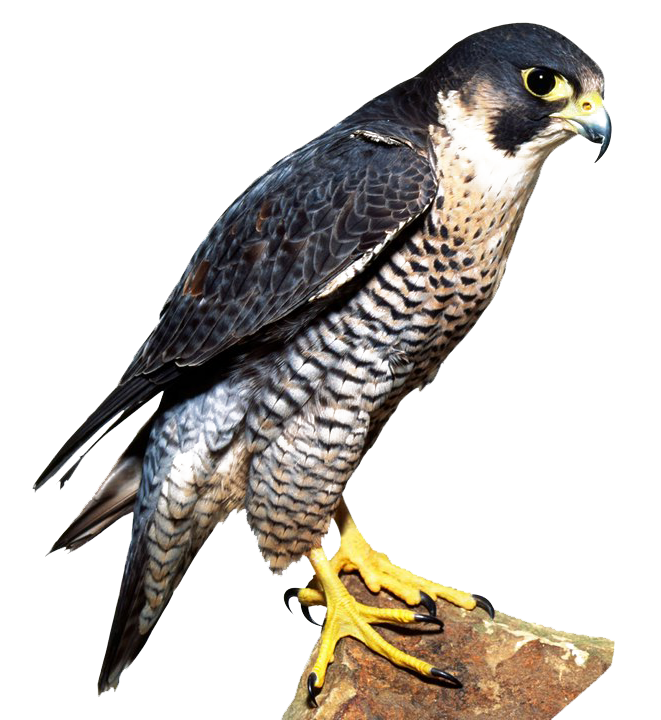 This is the least ‘weapony’ weapon on the list, but trained animals of any sort are an under-utilized specialty in Call of Cthulhu. Relying on the ‘Animal Handling’ skill, a team birdkeeper can bring a ton of utility to an investigation. Your falcon provides an additional set of eyes and ears against being ambushed, and can fly to collect items somewhere out of reach. When not needed, it can simply stay in the sky, following and keeping an eye on its trainer. My falconer, Dorothy Pendleton, honestly didn’t use her raptor for combat often, though that’s always an option. Just ensure you only sic enemies who’ve already spent their ‘fighting back’ opportunity, as your bird only gets 5 hitpoints and is incredibly frail. But it’s also near-impossible to hit, so that balances out. (You can alternately consider a hunting dog, which has its own set of strengths and weaknesses.)
This is the least ‘weapony’ weapon on the list, but trained animals of any sort are an under-utilized specialty in Call of Cthulhu. Relying on the ‘Animal Handling’ skill, a team birdkeeper can bring a ton of utility to an investigation. Your falcon provides an additional set of eyes and ears against being ambushed, and can fly to collect items somewhere out of reach. When not needed, it can simply stay in the sky, following and keeping an eye on its trainer. My falconer, Dorothy Pendleton, honestly didn’t use her raptor for combat often, though that’s always an option. Just ensure you only sic enemies who’ve already spent their ‘fighting back’ opportunity, as your bird only gets 5 hitpoints and is incredibly frail. But it’s also near-impossible to hit, so that balances out. (You can alternately consider a hunting dog, which has its own set of strengths and weaknesses.)
5. Flare gun
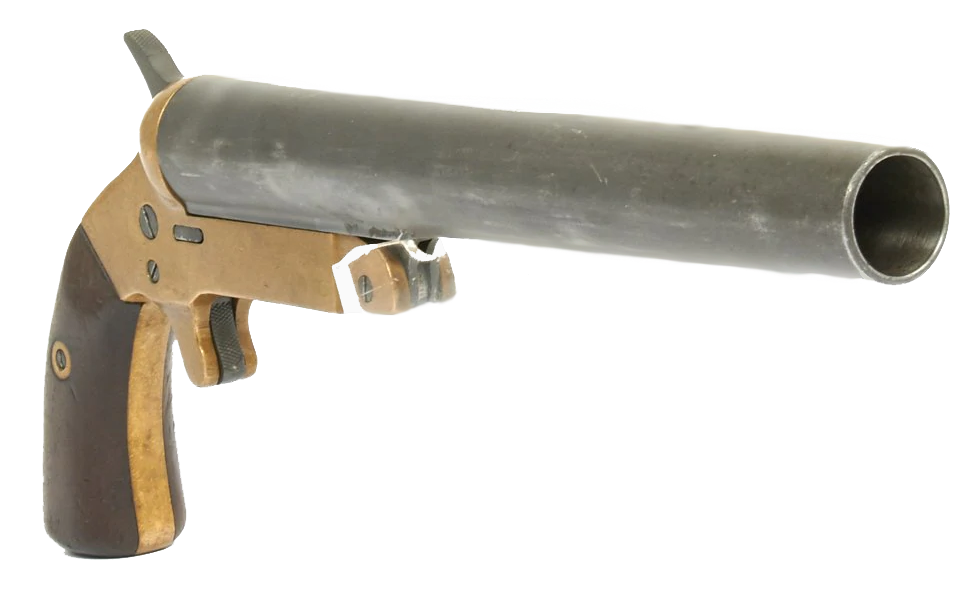 The core rulebook’s flare gun is already a surprisingly powerful weapon, dealing 1d10+1d3 burn damage. Just like molotovs, you can also use it to light up an area, or signal at a distance. If your setting cares about legality, civilians can also legally wield them without a permit. But the version of the flare gun in Investigator Weapons Vol I is probably my favorite weapon in the game. The handbook notes that you can load your flare gun with a shotgun shell and treat it as a single-shot sawed-off, meaning you can specialize in two different types of combat with a single weapon. Buckshot and flares excel in drastically different situations, so I love having both. The main downside is needing to reload every single turn. But I consider that an acceptable tradeoff for what you can get done with your one shot.
The core rulebook’s flare gun is already a surprisingly powerful weapon, dealing 1d10+1d3 burn damage. Just like molotovs, you can also use it to light up an area, or signal at a distance. If your setting cares about legality, civilians can also legally wield them without a permit. But the version of the flare gun in Investigator Weapons Vol I is probably my favorite weapon in the game. The handbook notes that you can load your flare gun with a shotgun shell and treat it as a single-shot sawed-off, meaning you can specialize in two different types of combat with a single weapon. Buckshot and flares excel in drastically different situations, so I love having both. The main downside is needing to reload every single turn. But I consider that an acceptable tradeoff for what you can get done with your one shot.
Bonus #6. Bag of Ball Bearings
 Taken directly from the Buster Keaton playbook, ball bearings are an invaluable tool in a pinch. Being able to knock an opponent prone can easily save your life, or give you the edge in a fight. There’s also no skillcheck associated with using them, so they can’t fail to deploy like many other actions. Just drop them at somebody’s feet and give them a real bad time!
Taken directly from the Buster Keaton playbook, ball bearings are an invaluable tool in a pinch. Being able to knock an opponent prone can easily save your life, or give you the edge in a fight. There’s also no skillcheck associated with using them, so they can’t fail to deploy like many other actions. Just drop them at somebody’s feet and give them a real bad time!
Now, the main problem is that ball bearings aren’t actually listed in either book. So the only real way to get some is to create an engineer/mechanic character who can justify owning them. That’s how I gave a bag to Barnabas Nambly, my 1890s airplane designer, where it played a crucial role in his last stand against the final boss.
One reason I love the combat in Call Of Cthulhu is how visceral and deadly it is. When 10hp is average, you can die after any few dice rolls. This means you can’t hold back, you gotta hit hard and embrace the gamble to survive. And the first step is to be prepared long before you walked into the situation. Sleuthing is dangerous work; make sure you’re bringing the right tools for the job!
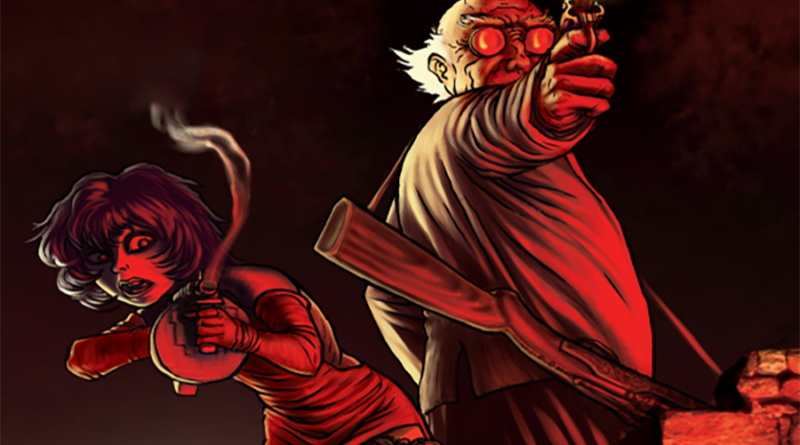
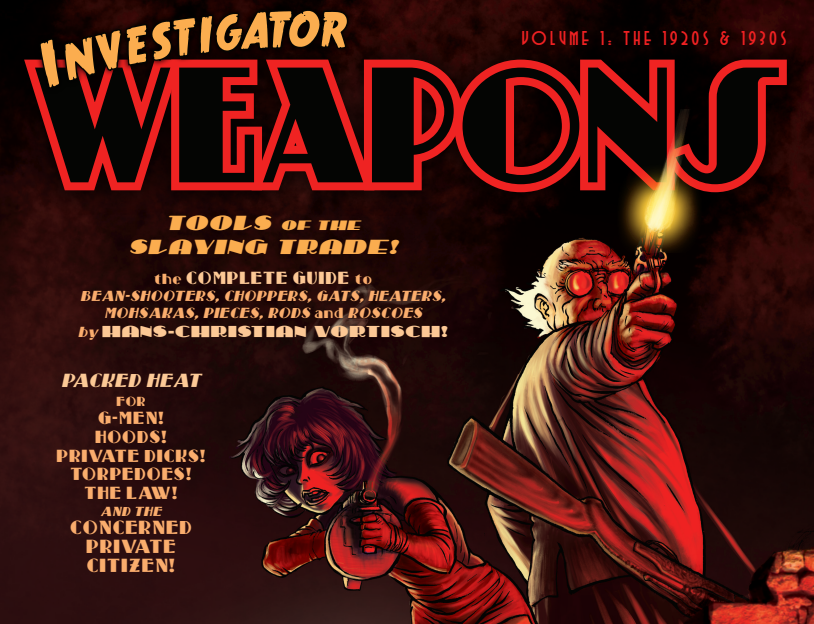
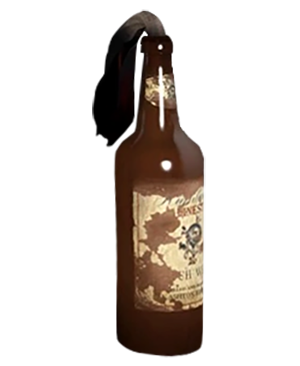
Given that we can at least have a shotgun in the trunk of an investigator car, I would add one to the list, as the flare gun is one shot then reload (which sure does not stop 3 Deep Ones or 3 Proto Shoggoths, no matter, how convincingly they play you their `we so veggy!´).
Trivia: Did you know? Kolb & Sedgley `Baby Hammerless´ was a no-hammer .22 revolver already available in 1920. Yep, concealability matters here.
Yeah I definitely should have included the all-purpose shotgun on this list! I honestly avoided it because it seemed too obvious, but I gave it first billing in the sequel article after realizing it really deserved a shoutout.
Oh my god, that revolver is a BEAUT. 4 inches long, chambered in .32 and with repeating fire?? You could probably get one of these through the Dark Lair front door even if the cult had modern-day TSA checkpoints